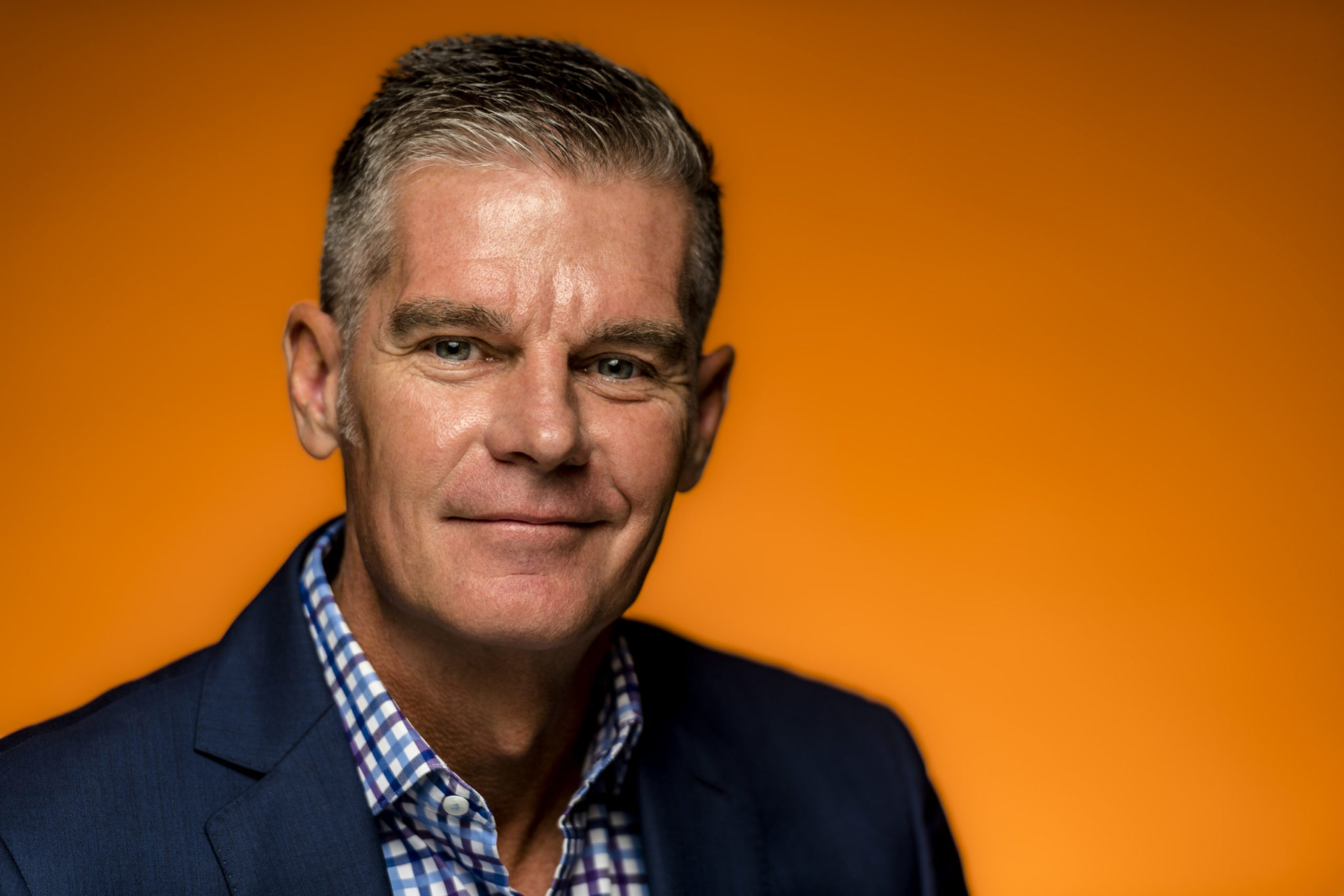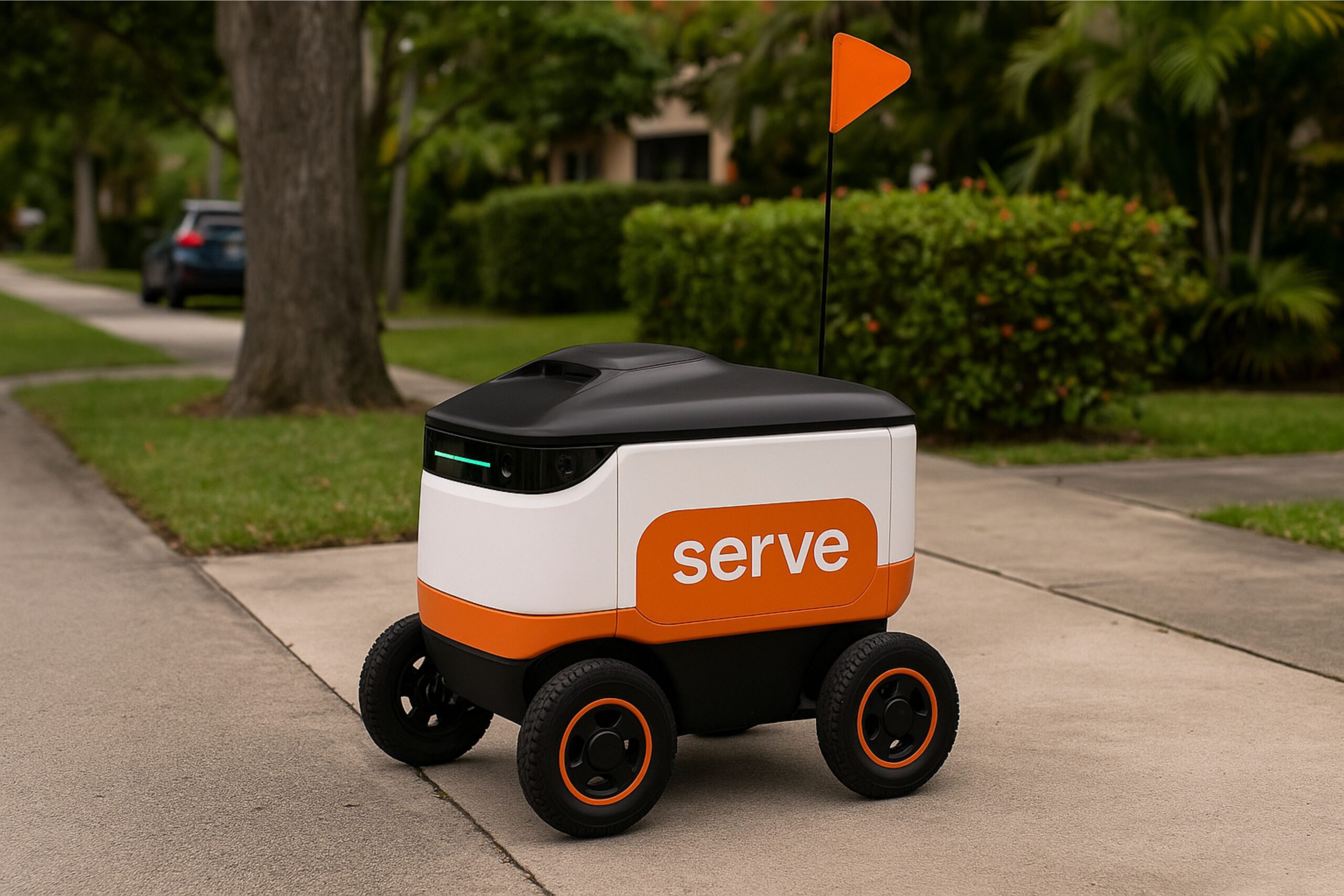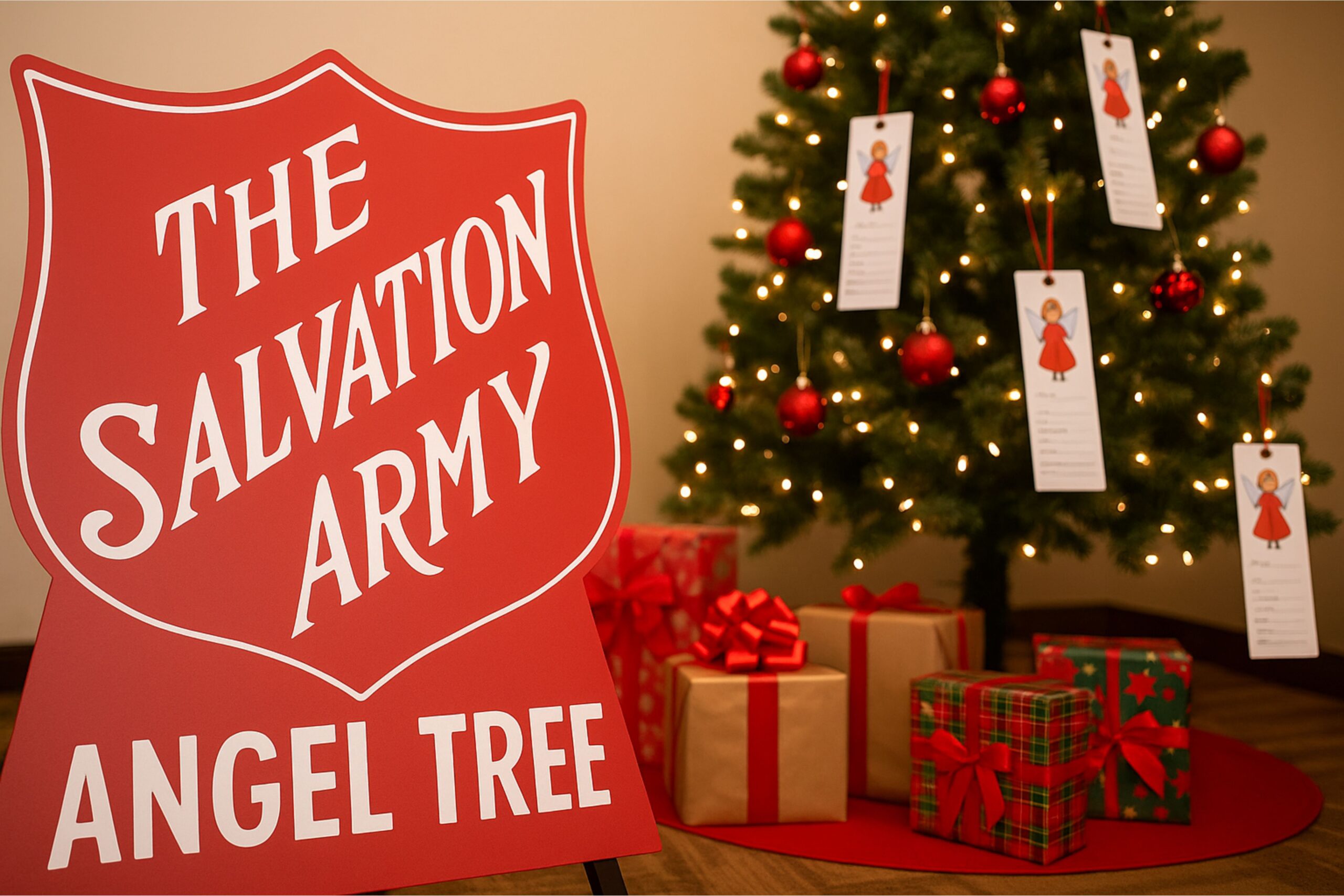It’s been a long and circuitous road from Pete Carr’s itinerant childhood and education at University of Nebraska. The self-described “military brat” attended five grade schools and three high schools, moving every two years. He came from a large family of three boys and three girls, and they made the best of it. “All the other kids we met were doing the same thing,” he says. “So everybody had to make friends, play sports, change schools. It was rough. It wasn’t fun, but I didn’t realize how valuable it was until I went to college and got into the business world and could start talking to older people about the military, about their backgrounds where they were stationed, and what branch of service they were in.”
Perhaps the constant movement and sensitivity to different places and perspectives trained Carr in a kind of fearlessness, an ability to grab adventure and opportunity. In fact, his professional credo is “Don’t chase money; chase opportunity.” For the last six-plus years, that opportunity has been a coveted and top-tier role, as he oversees North American operations for Bacardi, a touchstone family-owned company founded in Cuba that today has more than 200 brands and labels, including Bacardi rum, Grey Goose vodka, Patrón tequila, Dewar’s blended Scotch whisky, Bombay Sapphire gin, and Martini vermouth. Carr shares with SFBW how to develop a career philosophy and a company culture that eschews red tape and gets the job done.
BOSS OF BEVERAGE
Your résumé reads like the greatest hits of the beverage business. Can you share some highlights from the last 30 years?
I started with Gallo, first with distributors and then I went to work for the winery. Red Bull was one of the most unique experiences I could have had, because I’d always wanted to run my own business, but I never had the financial backing or the right idea that I thought would work. So that was the closest I ever came to that; it was ground zero. I moved to Atlanta and we went from one distributor to 37. We worked out of U-Haul shops and drove white vans as we really built the business from the bottom up.
And Diageo figures prominently in your background.
In 2009, I went to work for the Guinness beer company, part of Diageo, and moved to South Florida. I was asked to run the beer business, which was a mess at the time, but I took it on, turning it around. Then I became president of Diageo for 14 months. I left to run Glazer wholesale in Dallas, a wine and spirits distributor where I was executive vice president. This is part of my business philosophy: Don’t chase money; chase opportunity. Glazer’s gave me great operational experience in terms of how a business runs from the inside out. I was there for 3½ years.
And then Bacardi came calling?
Bacardi called and said they’d like to talk to me about running North America. I told them I’m really not interested, you guys aren’t a competitive threat, you’ve got great brands but you lost your way—just not for me.
That’s candid. What changed your mind?
I have a younger sister who was at Bacardi and I asked her why she thought the company was so messed up, and she started going through this laundry list. It didn’t sound like money was an issue. It didn’t sound like the brands were an issue. It sounded like leadership was an issue. So I asked her if Bacardi could be fixed if the leadership component were changed, and she asked, “What kind of idiot friend of yours would ever take a job like that?” And I laughed. So I did my due diligence a little bit more and then it just seemed like the right opportunity. Bacardi is an iconic family business. It’s been around for 158 years. You have your highs and lows. They’ve been through pandemics, they’ve been though hurricanes, being kicked out of their country, and they’ve been very resilient through all of this. Something about the brand, the family, the ownership, the founder’s mentality, really intrigued me. And going back to a private company was appealing, in that I don’t have to think quarter to quarter or month to month. You don’t have to make decisions forced on you by the marketplace with investors pushing on you. It’s really about long-term. One of the things I’ve learned is to become more patient and more strategic in my thinking ability as to where I really need to go.
A BRIEF OF BREVITY
Tell me about your leadership style.
I manage the business based on one sheet of paper. The more you can give people simple, consistent direction as to what you want from a leader, it really opens the door in terms of how they perform. I stress the three F’s: founders, fearless and family. This is what we preach to the folks in the organization—we call them primos (cousins, in Spanish), not employees. When the pandemic hit, we trusted everybody out in the field to manage their own piece of business. We knew they would spend the money like it’s theirs. They came up with to-go kits—cups with straws, pre-made margaritas—everything they could possibly do. And we had them come back and share ideas with the team on Zoom and we saw people really step up.
How do you balance giving clear, consistent direction with being open and permeable to feedback and new ideas? No employee wants a rigid boss—or an indecisive one.
First, it comes to trusting your team and the people around you. Second, I love to say, “I don’t know, but I guarantee I can find someone within my organization who knows the answer.” I don’t like consultants. You hire a consultant for a specific reason: Either because you don’t have the expertise, or you don’t have the time. But you have the answers. You just have to be patient enough to find the right people who can give you the answers throughout the organization, and they’re the ones who help you drive it. I started here 6½ ago, and I rely on that piece of paper I referred to—here’s our mission, here’s our goal, here’s what I expect, here’s where I lay out the business.
My guess is that the one-pager was a culture shock.
People were handing me 10 or 12 decks that were 20 pages long. I said, thanks for your time, your energy and your effort. It’s too long. We need to narrow your strategy to no more than two pages, or it’s not going to be able to be executed. And people were like, What? I said, I don’t want PowerPoint; I want to discuss it with you. I look at four things as I manage the business and the people: drive, judgement, influence and consistency.
Can you expand on those?
Do you have that drive to push through day in and day out, whether someone’s watching you or not watching you? What’s your judgement? Judgement usually falls off with senior leaders, not so much with junior employees. Ego can make you make a stupid decision. Influence—how do you influence, good or bad? I’ve seen a lot of leaders with negative influence, whether they push people in the wrong direction or they’re mean; they don’t say good morning. I can’t destroy the Grey Goose brand, but I can destroy the Drew brand. I have a policy called NAP—no- [expletive] policy. I’ve worked for them, you’ve worked for them. They all kind of hang out in the organization and they cause a lot of disruption. And it doesn’t do anybody any good. So I tend to move out those people put very quickly to make the point that everyone should be respected.
And how do you maintain consistency while being responsive to such uncertain times?
The plan on the page is so critical in my mind, because it’s simple, it’s easy, and then the IT department takes it and it cascades down. IT might ask, What do we take from these things that Pete says are most important? IT has played an instrumental role during this period. I said, “I don’t want you to be the tank on the battlefield anymore; I want you to be a drum.” I need you so far out in front of me right now. We’ve seen our e-commerce business go from zero to 1,000 percent, depending on the brand. I spent more on that in two months than I’d planned to spend in the next three years when the pandemic hit. That’s how quickly we moved and got the organization to adapt.
KNOW THYSELF
Before you mentioned the “Drew brand.” So all your colleagues and employees are brands?
You know who you are as a brand. One of the things I challenge everyone on my team to do is figure out who they are as a brand, in a few words, not a sentence. For me, it’s faith, family, gym rat—I love to work out—and it’s people in business. That’s what motivates and drives me, and that’s what keeps me guided toward my North Star and what I want to do. But when I ask a lot of people, “Who are you as a brand?” they’ll go, “What do you mean by that?” And these are senior people. And I ask, “What defines you?” Mom and family. What else? “Well, I’m a hard worker.” No, no, no, that’s not it. What really gets you up in the morning and what is your center of gravity? People can define someone else in the company a lot more easily than they can define themselves.
It takes a lot of honesty and self-awareness.
You have to know who you’re not, too. I’m not a good marketer. But I can tell what good marketing is. My background has always been sales, communications, front-line type general management. I told the family when I interviewed, “I’m not a good marketer, but I’ll find good marketers.” One of my values is that I know what I can and can’t do. I’m dyslexic, I’m colorblind and I have ADD. I tell the team that—I especially tell my finance guy about the dyslexia: I’ll flip the numbers on you, so you have to manage that aspect of me. And I didn’t realize I had dyslexia until I got married. And as far as the colorblindness, when I travel everything has to match, like Garanimals.
I’m sensing that candor again, and it’s refreshing.
Having that vulnerability at a senior level really opens up people to talk to you. I never thought I’d be president of a company; that wasn’t on my wish-list. I just wanted to get through college. I had buddies who went to the Air Force Academy, and I didn’t score anywhere close to them, but I will tell you there’s the intellectual component to success, and there’s emotional intelligence. I can find some of the brightest people in the world, and I work with some of the brightest people in the world, but what’s interesting to me is the emotional intelligence side—you have to know people, how to motivate them, how to treat them, how to read their body language. That’s what people really want from an organization. They don’t want dress codes—I eliminated dress codes when I got to Bacardi. That’s the beauty of Bacardi and it being a family business. We’re a spirits company and we’re walking around in suits? You get to know people’s personalities through how they dress. If everyone wears a suit, it’s pretty stiff. But you know what? Bring me your best attitude, your best ideas, and I honestly don’t care what you wear. Just don’t look like you rolled off South Beach at 3 a.m.
Photos by Nick Garcia














